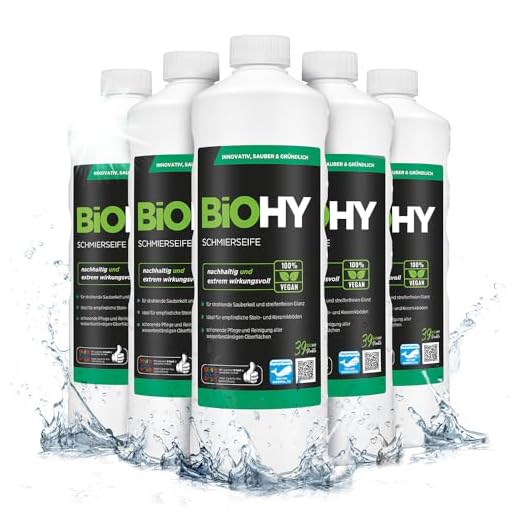



It’s absolutely possible to refresh your paved area effectively by opting for manual cleaning approaches. A combination of warm, soapy water and a stiff brush can work wonders. Simply mix a mild detergent with warm water, apply it to the surface, and scrub with a brush to remove grime and stains.
For stubborn stains, consider using white vinegar or baking soda. Both substances are excellent natural cleaners. Sprinkle baking soda on the affected areas, spray some water to activate it, and scrub afterwards. Alternatively, a solution of equal parts vinegar and water can be sprayed onto the stains, left to sit for a while, and then scrubbed clean.
Always finish your cleaning process by rinsing the surface with clean water. This not only removes any remaining cleaning solutions but also helps to prevent residue build-up. Regular maintenance and a little effort can keep your outdoor surfaces looking their best without heavy machinery.
Cleaning Alternatives for Paving Stones
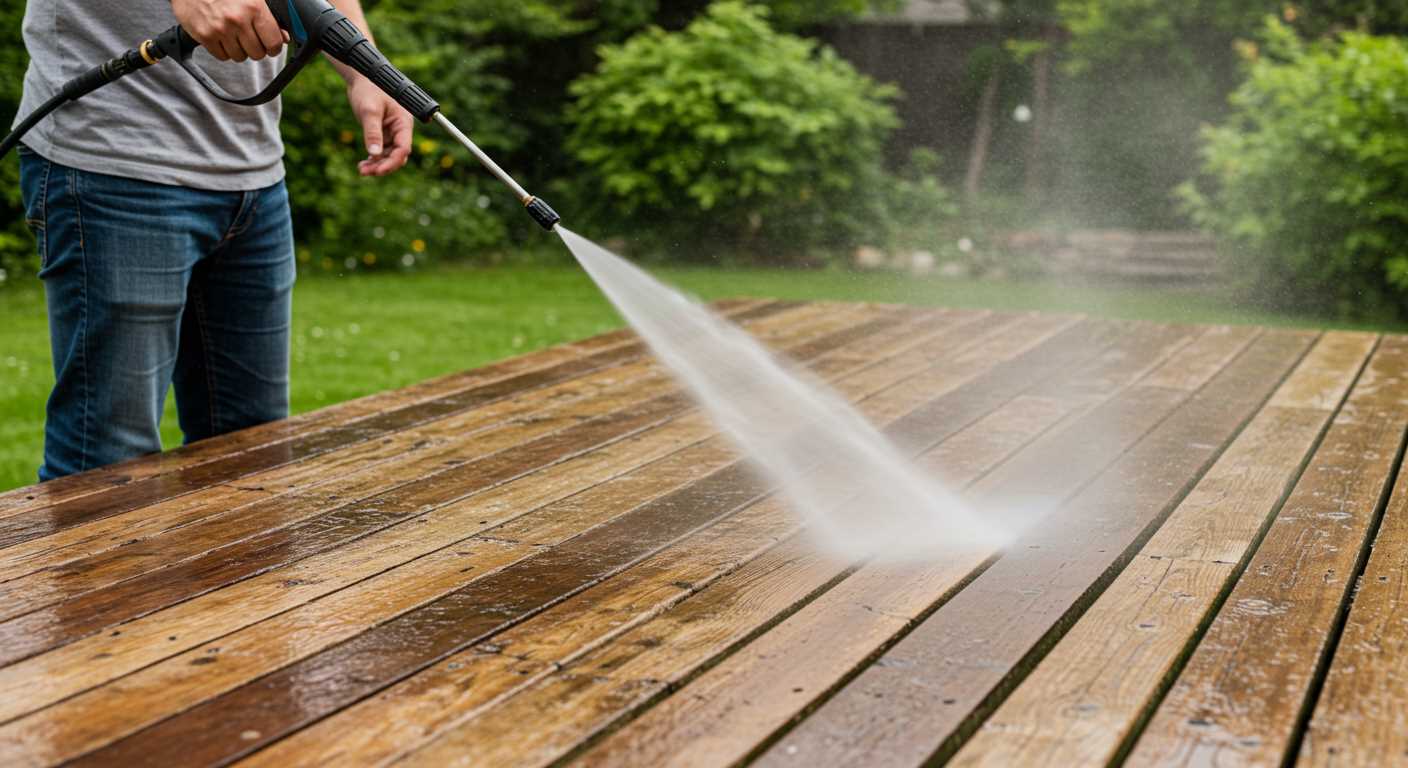
Yes, it is possible to refresh surfaces without resorting to electric cleaning tools. Here are effective methods to consider:
- Broom and Brush: Use a stiff-bristled broom for removing loose dirt and debris. For stubborn grime, a scrub brush can penetrate into the joints.
- Soapy Water Solution: Mix warm water with a mild detergent. Apply this solution and scrub with a brush for enhanced stain removal.
- White Vinegar: This natural solution can help eliminate algae and moss. Dilute it with water and apply to affected areas, then scrub with a brush.
- Baking Soda Paste: Create a paste using baking soda and water. Apply to stained areas, let it sit, then scrub and rinse to tackle tough marks.
- Hot Water Rinse: If possible, pour boiling water over the surface to aid in lifting away grime and weeds. This can also help in killing moss and algae.
Regular maintenance such as sweeping and treating stains promptly can extend the lifespan of surfaces. For tougher situations, consider professional services specialising in manual cleaning for optimal results.
Understanding Materials and Maintenance Needs
Regular upkeep is vital to preserve the condition of your surfaces. The composition of your paving material will significantly influence the maintenance approach. Here are some common types and their specific requirements:
Types of Materials
- Concrete: Highly durable and resistant to stains, this material requires minimal maintenance. Use a pH-neutral detergent with a stiff broom for general cleaning.
- Clay Bricks: More porous than concrete, clay can absorb moisture and stains. Periodic sealing can help prevent discolouration. For maintenance, a mild cleaner is recommended with manual scrubbing.
- Natural Stone: This material offers aesthetic appeal but can be more susceptible to weathering. Cleaning with a natural stone-safe product and resealing every few years can prolong its life.
Recommended Maintenance Practices
- Regular sweeping and debris removal prevent staining and deterioration.
- Address stains immediately with appropriate solutions tailored to the material used.
- Apply sealing agents on porous surfaces to enhance protection against the elements.
In my experience, understanding the material composition allows for targeted care, significantly extending the longevity and beauty of your surfaces. Adopting a planned maintenance schedule tailored to your specific needs will yield the best results.
Manual Cleaning Techniques for Block Paving
I recommend starting the maintenance of your paving surfaces with basic manual methods that effectively remove dirt and stains. One of the simplest ways involves using a stiff-bristled broom. Sweep thoroughly to eliminate loose debris, leaves, and dust. This prevents further grime from getting embedded into the surface.
Scrubbing and Stain Removal
For tougher stains like oil or grease, apply a mixture of warm water and a small amount of liquid detergent to the affected area. Let it soak for a few minutes before scrubbing with a brush to lift the stain. After scrubbing, rinse with clean water. Be cautious with the amount of detergent; too much can leave a residue.
Weeding and Joint Maintenance
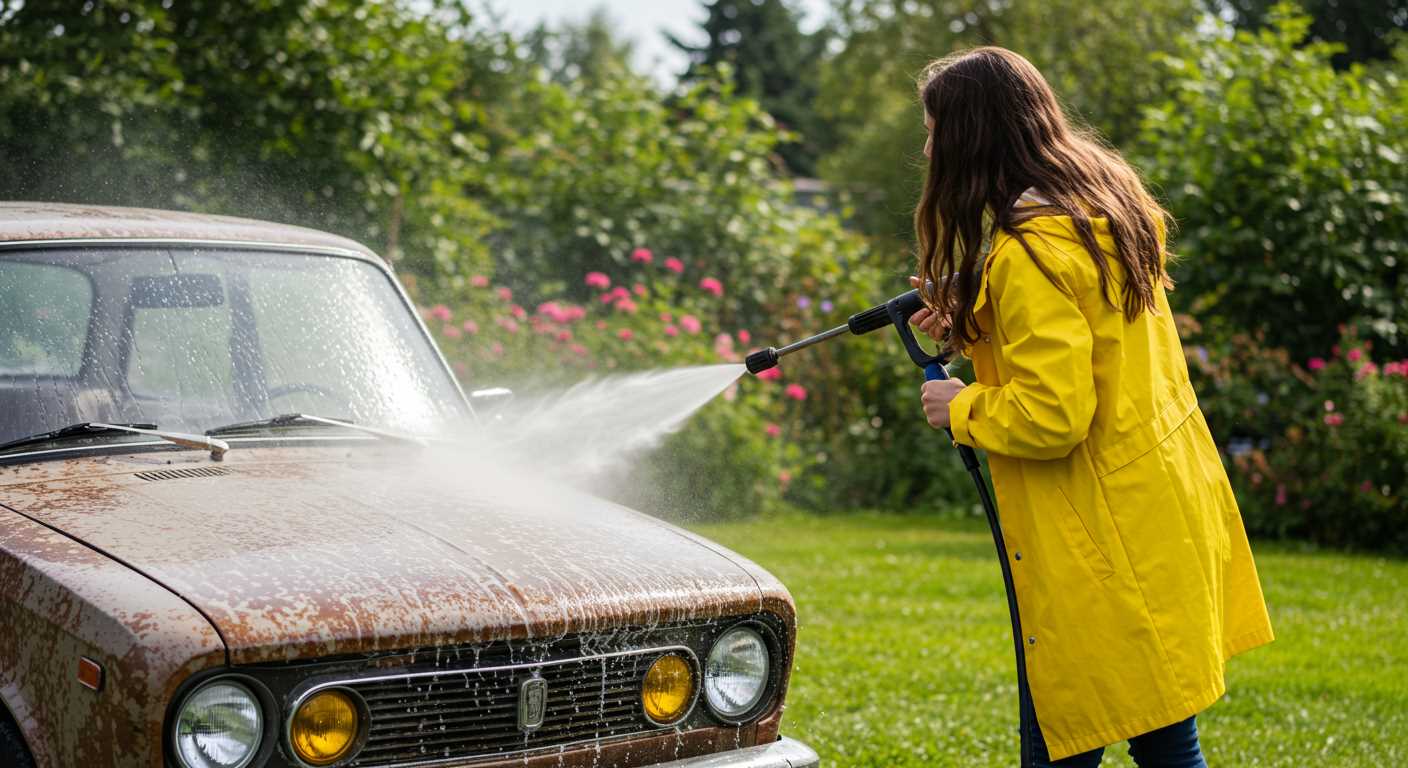
Maintaining the joints between stones is crucial. Remove weeds manually or use a weeding tool to ensure that the spaces are clear. If you’re dealing with moss, a mixture of vinegar and water can help eliminate it naturally; just spray it on, let it sit, and scrub as necessary. Always check the condition of the joints and refill them with sand or polymeric jointing material if necessary to maintain stability.
Homemade Cleaning Solutions for Stains and Moss
To tackle stubborn stains and moss effectively, I recommend creating homemade cleaning solutions that are both accessible and cost-effective. One highly effective mixture consists of white vinegar and water in a 1:1 ratio. This solution not only helps break down dirt but also has natural antifungal properties that can combat moss growth.
Baking Soda Paste
Another useful remedy is a baking soda paste. Combine baking soda with a small amount of water to create a thick paste. Apply this directly to stained areas, letting it sit for at least 15-20 minutes before scrubbing with a stiff brush. The alkaline nature of sodium bicarbonate assists in lifting tough dirt while being gentle on the surface.
Dish Soap and Warm Water
For lighter stains, mix a few drops of dish soap in a bucket of warm water. Use a soft brush or cloth to agitate the solution on the affected area. This method is ideal for general dirt and grime removal, leaving the surface looking fresh after a thorough rinse with clean water.
Utilising Brushes and Tools for Care
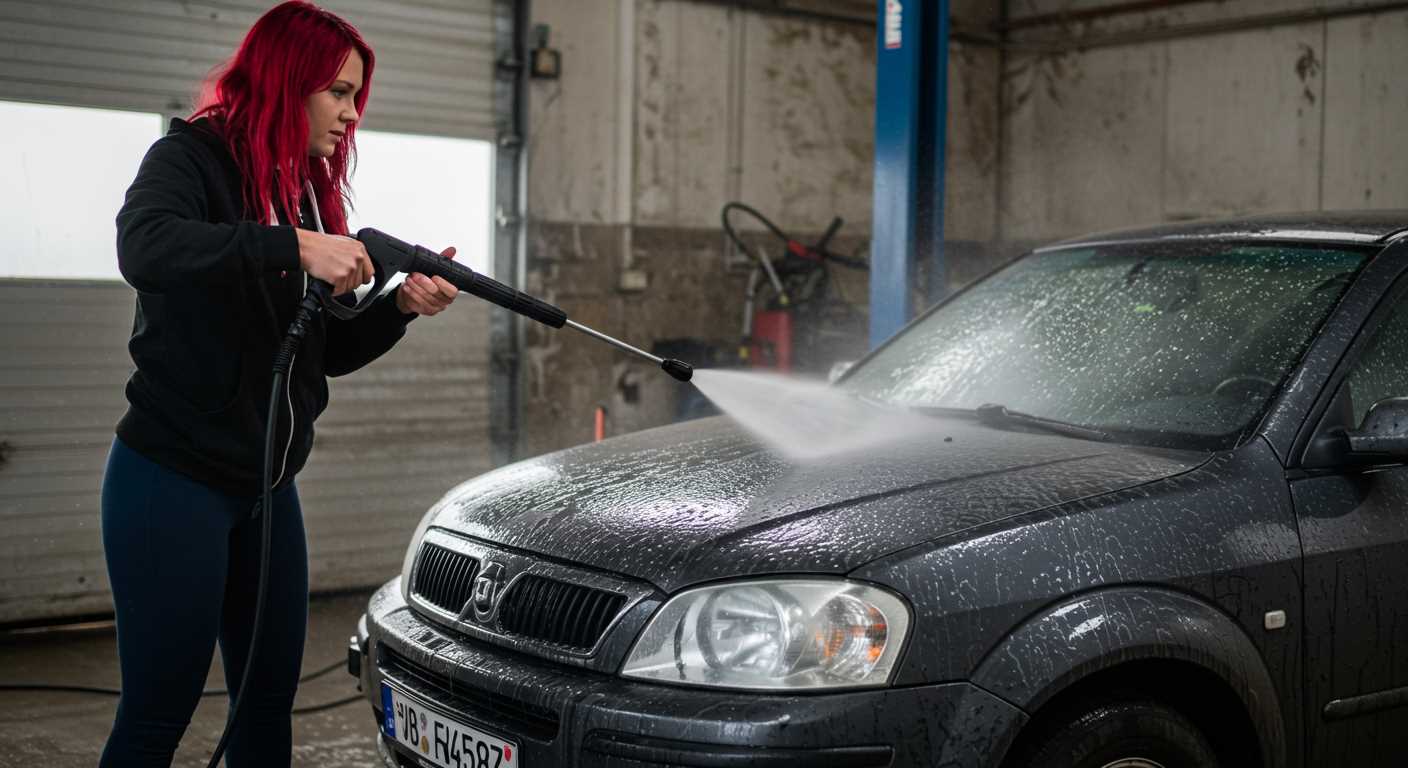
For the upkeep of paved surfaces, a selection of brushes and tools can be remarkably effective. A stiff-bristled broom is ideal for removing dirt and debris. I recommend sweeping the area thoroughly before any deeper cleaning to avoid dragging particles across the surface.
For spots with stubborn grime, a scrubbing brush with a long handle will allow for better leverage while reducing strain on your back. The bristles should be firm yet flexible; this helps avoid any potential damage while still providing enough power to lift contaminants away from the joints and tops of the blocks.
When addressing moss growth, I suggest using a wire brush specifically designed for this purpose. This tool effectively dislodges moss and weeds from crevices without harming the surface beneath. Always brush gently to prevent scratching.
Consider incorporating a trowel for precise tasks like lifting out weeds or dirt lodged in tight spaces. A small hand trowel can work wonders for detail work without disturbing the surrounding area.
Additionally, a pressure sprayer can be beneficial when paired with manual scrubbing. This method enables you to direct a focused stream of water onto the surface to assist in rinsing away loosened debris. I advise testing the stream on a less visible area first.
| Tool | Purpose | Recommendation |
|---|---|---|
| Stiff-bristled broom | General debris removal | Use before deep cleaning |
| Scrubbing brush | Stubborn grime removal | Choose a long-handled model |
| Wire brush | Moss and weed dislodging | Use with care to avoid scratching |
| Trowel | Detail work on weeds/dirt | Select a small, handheld variant |
| Pressure sprayer | Rinsing after scrubbing | Test on a hidden area first |
Maintaining these tools ensures they remain effective for your cleaning regimen. Rinse brushes thoroughly after use to keep the bristles free from altered substances, and store them in a dry place to prolong their life.
Preventative Measures to Reduce Future Cleaning Needs

Regular maintenance forms the backbone of longevity for your outdoor surface. To minimise future cleaning efforts, start by treating the area with a high-quality sealant. This creates a protective barrier against stains and grime accumulation.
Incorporating landscaping elements, such as strategically placed flower beds or decorative stones, can disrupt debris buildup. These features not only enhance aesthetics but also reduce the chances of dirt settling on the surface.
Routine sweeping prevents debris from compacting into the joints of the stones. A soft-bristled broom works best to remove leaves, dust, and dirt before they become embedded.
Implementing a drainage system ensures water flows away from the surface, preventing mud and other contaminants from pooling. Keeping gutters and drains clear is vital to maintain this flow.
Installing maintenance mats or rugs at entry points can significantly reduce the amount of dirt brought onto the surface. These can trap particles while you transition from outdoor to indoor areas.
Choosing appropriate outdoor furniture with weather-resistant finishes reduces the chance of rust or other staining agents affecting the surface underneath.
Regularly inspect for weeds and overgrowth, as they can contribute to surface damage and dirt accumulation. Early intervention with targeted weeding can save time and effort later.
Finally, consider the traffic your paved area receives. Redirecting high footfall through designated paths can significantly lessen wear and tear, ultimately prolonging time between necessary maintenance sessions.
Comparing Cost and Time: Manual Cleaning vs Pressure Washing
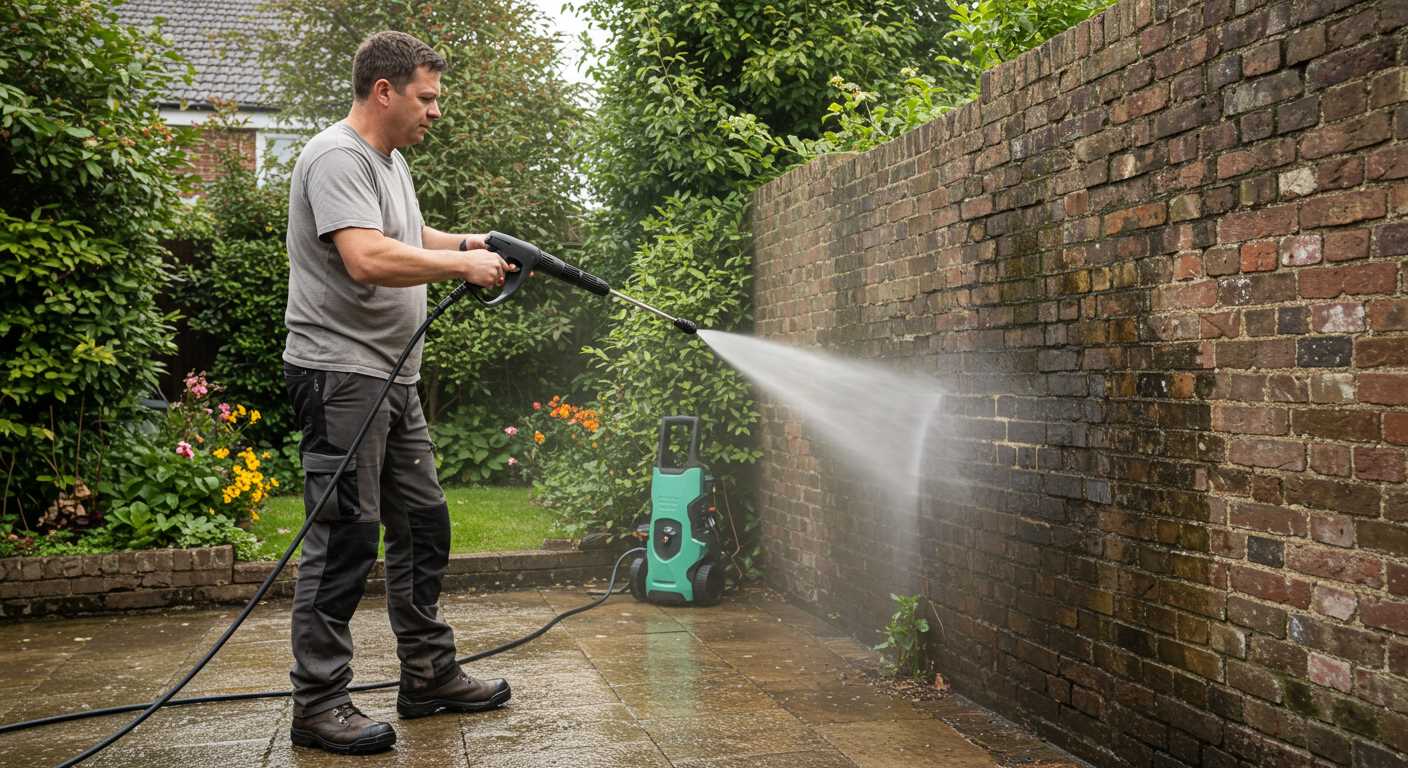
Manual techniques are generally more economical but demand significantly more time and physical effort. Depending on the size of the area, investing 4 to 6 hours for a thorough job is common. In contrast, mechanical cleaning can reduce this time to as little as 30 minutes, especially for large surfaces. However, the costs associated with renting or purchasing cleaning equipment can be substantial, often ranging from £50 to £200 per day.
Cost Analysis
For manual methods, the primary expenses include basic supplies such as brushes, scrubbing pads, and eco-friendly cleaning solutions, typically amounting to about £20 to £50. Conversely, acquiring a pressure washer incurs a higher initial cost and potential maintenance fees that can reach £100 to £500 depending on the brand and model.
Time Investment
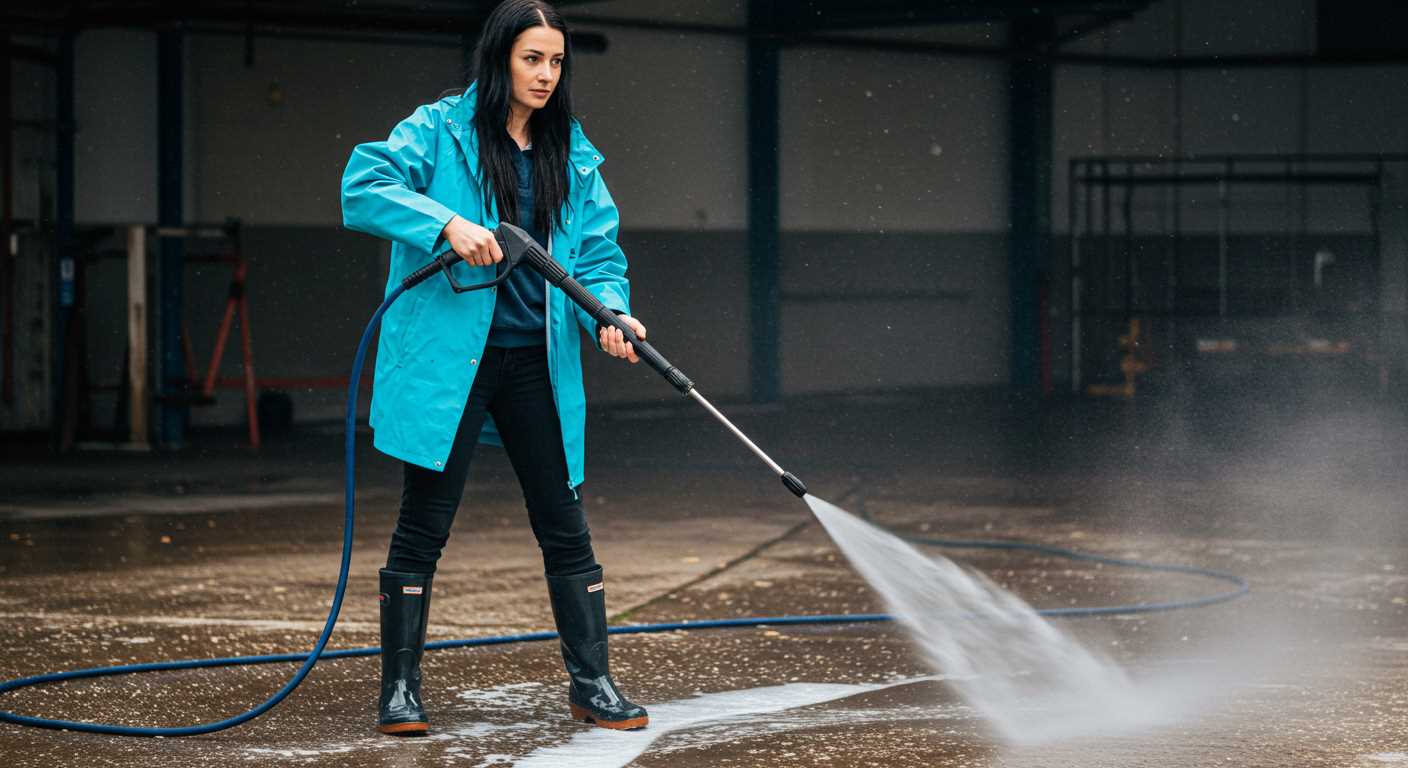
Time spent is a critical factor; a single manual session might take several hours, while a machine can accomplish the same task in significantly less time. This factor makes mechanical cleaning appealing for busy individuals or larger properties. However, balancing both methods based on the condition of the surface and personal preference is crucial for achieving optimal results.


